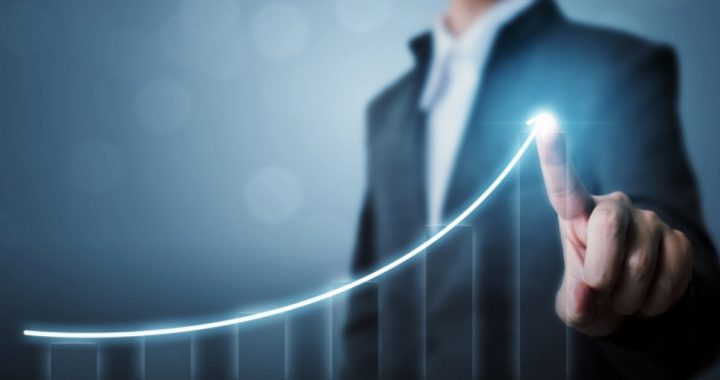
The Conference Board (CB) reported on Tuesday that its Consumer Confidence Index (made up of both its “present situation” index and its future “expectations” index) declined in August to 84.8, down from 91.7 in July.
But other reports showed a more optimistic consumer outlook on the U.S. economy. The board indicated as much in its announcement: “Consumer spending has rebounded in recent months.”
Last Thursday, the board reported that its Leading Economic Index (LEI) increased in July to 104.4 (anything over 100 is positive), following an increase in both May and June. Additionally, its Coincident Economic Index (CEI) increased in July to 99.2, the third month in a row, bringing that index to just below expansion levels.
The upward trend has been clear since May. In August, the Board reported that its Employment Trends Index (ETI) increased in July to 50.89, following increases in both May and June. It reported that “July’s increase was fueled by positive contributions from six of the eight components [making up the index].” The components included the number of employees hired by temp firms, industrial production, initial unemployment insurance claims, and job openings.
On August 11, the CB reported that its Help Wanted OnLine (HWOL) index rose in July, again following gains in both May and June.
Heads of companies surveyed by the CB also are growing more optimistic over time. Its “Measure of CEO Confidence” is rising, and CEOs’ “expectations regarding short-term prospects in their own industries were more positive than their expectations for the overall economy.” The CB added, “Those [CEOs] expecting conditions will worsen in the short term … decreased to 17 percent from 22 percent in the previous quarter.”
The University of Michigan’s Index of Consumer Expectations moved higher in August compared to July, reporting that consumers are “more optimistic about buying conditions … especially for homes.” Indeed, the U.S. Census Bureau reported “blowout” numbers for July: “Sales of new single-family houses in July were at a seasonally-adjusted annual rate of 901,000.… This is 13.9 percent above the [upwardly revised] June rate of 791,000 and is 36.3 percent above the July 2019 estimate of 661,000.”
Homebuilders are having trouble keeping up with the enormous demand for new homes by consumers recovering from the COVID shutdown and taking advantage of record-low interest rates: “Builders,” said the Bureau, “are already having trouble keeping pace with demand.”
It bears repeating: When a family buys a new home, the ripple effect from buying new furniture, appliances, and housewares moves out across the economy. That’s why housing, in aggregate, makes up nearly 20 percent of the U.S. economy and is an excellent leading economic indicator for future growth. In addition, new home buyers wouldn’t be buying unless they had positive expectations about their economic and financial futures.
Image: marchmeena29/iStock/Getty Images Plus
An Ivy League graduate and former investment advisor, Bob is a regular contributor to The New American, writing primarily on economics and politics. He can be reached at [email protected].
Related articles:
U.S. Economy Continues Recovery; Retail Sales Back to Normal
Stocks Hit New Highs on Tuesday, Marking Third-fastest Recovery Since 1929



